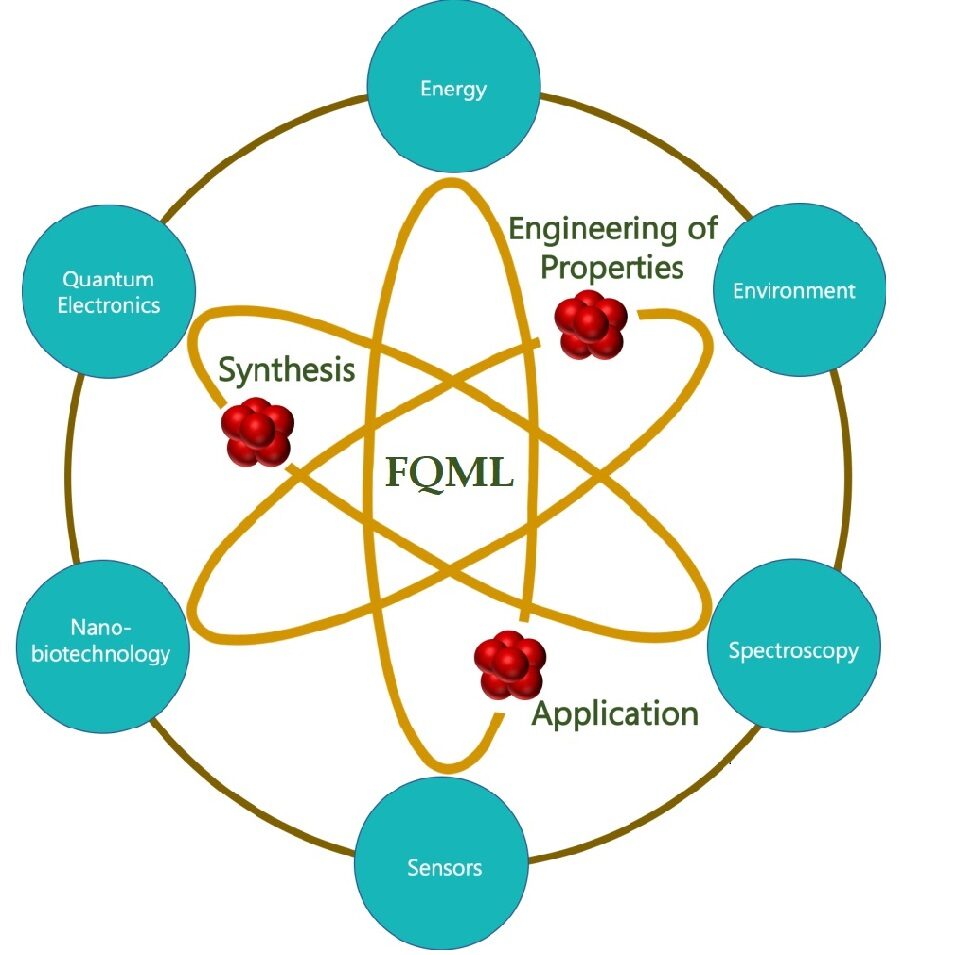“Nothing in life is to be feared, it is only to be understood. Now is the time to understand more, so that we may fear less.” ― Marie Curie
Next generation of devices and structures can only be built using advanced materials with tailored properties. Two-dimensional quantum structures (2D QSs), owing to their planar and quantum confinement of charge and energy carriers, possess superior physical, chemical, and transport properties. Reconstructing or morphing QSs, atom-by-atom, allow us to tailor their properties. Hence, we make atoms to dance to our tunes to trigger this transformation and derive properties which can result in functional devices with capabilities far superior to anything existing or imagined.
The research in FQML is fundamental in nature but is directed by application and driven by imagination and innovation. We work at the interface of chemistry, materials physics, environmental science, biotechnology, and nanoengineering and perform cutting-edge research on engineered QSs. We focus on formulating QSs physically or chemically and engineer them to create unique morphologies and/or compositions with superior properties. To enable this, we combine and correlate physicochemical methods with characterization techniques including various forms of microscopy, spectroscopy, and transport measurements to elicit fundamental knowledge regarding these diminutive structures. Subsequently, the derived knowledge will be exploited to advance critical research areas including ultrasensitive sensors, bio-triggered quantum devices, environmental monitoring, and sustainable energy production.

